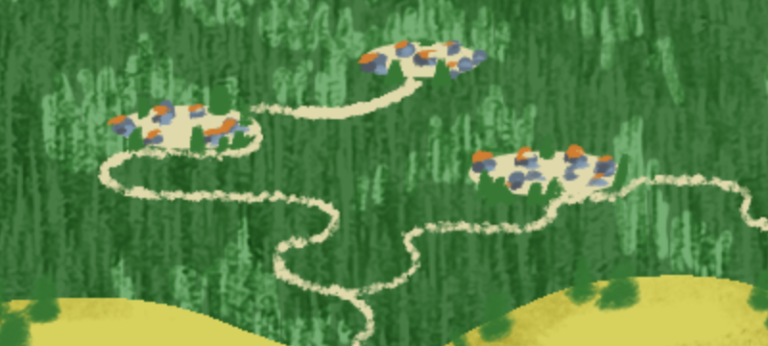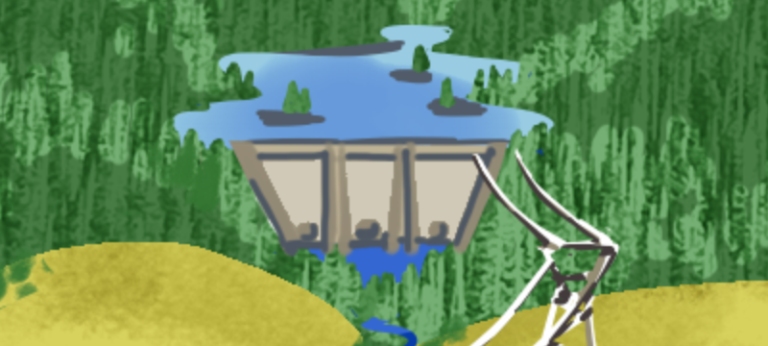Harmful Algal Bloom Monitoring in Boulder County, Colorado
Nayoung Hur
August 15, 2023

Algal growth that causes hypoxic or toxic conditions are often referred to as harmful algal blooms (HABs), which are a public health concern. There are multiple ways to define HABs, but generally blooms are considered harmful when they (1) contain toxin producing algae and/or (2) are dense enough to deplete oxygen in the water. It’s important to know when HABs are occurring in our ponds and reservoirs but monitoring is typically based on visual observations, so the frequency of reporting is dependent on staff availability and cost.
Lynker worked with City of Boulder Open Space and Mountain Parks (OMSP) to monitor HABs in OSMP’s waterbodies using a combination of remote sensing and in situ sampling. We used two algorithms to track the prevalence of algal blooms and cyanobacterial outbreaks in Boulder County waterbodies. The NIR:Red measures the reflectance ratio between the near infrared and red bands to detect the presence of possible algal blooms on surface waterbodies. The dual-threshold Floating Algae Index (FAI) and Normalized Difference Water Index (NDWI) rule-based algorithm was used to indicate possible cyanobacterial blooms on surface waterbodies. This project accessed data from Landsat 5, 7, and 8 and the Sentinel 2A/2B satellites via Google Earth Engine to conduct the remote sensing assessment.
Results from this study revealed Sentinel 2A/B satellites were most effective in identifying water surface algae presence and spatiotemporal dynamics. In Sombrero Marsh, NIR:Red outputs reveal algae presence was observed most frequently near edges, which is typical of algal growth patterns. The FAI-NDWI results indicate potential cyanobacterial blooms were most observed in the center of the marsh (Figure 1).

The NIR:Red timeseries show data collected about every 5 days throughout the 6-month study period (Figure 2). We categorized image processing using three types of points for each waterbody (Edge, Near Edge, and Open Water) to remove the potential influence of shoreline vegetation. At Sombrero Marsh, NIR:Red peaked in the late summer, revealing a seasonality to algal growth.

Remote sensing results from this study provided guidance for the management of Boulder OSMP waterbodies. By documenting algal growth in near real time, we can provide water managers with the information necessary to protect the community. With the growing impacts of climate change, HAB monitoring is essential to protect water resources and public health.















